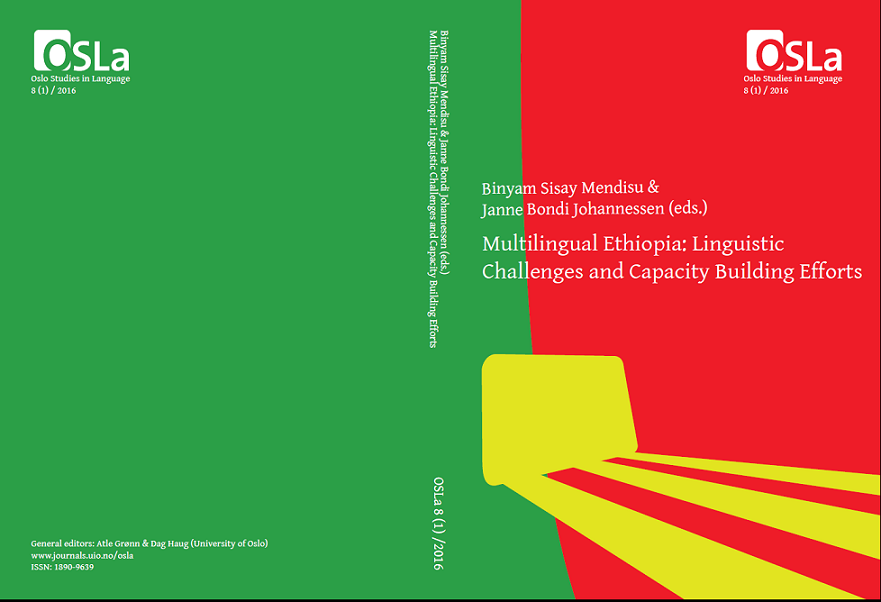Tone in Sezo
DOI:
https://doi.org/10.5617/osla.4419Abstract
Sezo has two levels of tone — high and low. The two tones occur on mon-omoraic and bimoraic syllables (i.e. on short and long vowels). Rising (LH) and falling (HL) contour tones have been recorded occurring only on bi-moraic syllables. They are analyzed as composites of the high and low tones squeezed together on one bimoraic syllable as a result of diachronic and synchronic processes. Tone plays a very significant role in the lexicon of the language. It distinguishes lexical items. It also derives nominal stems from verbal roots. Unlike its importance in the lexicon, tone has a limited role in the grammar of the language. The only grammatical function of tone is to make a distinction between declarative and interrogative sentences. The key tonal processes in the language are downdrift, downstep, contour formation and total spreading of a high tone. Contour tones are formed through the partial spreading of a high tone over a low tone bearing unit and the re-linking of a floating high tone to an adjacent low tone bearing unit.Downloads
Published
2017-02-10



